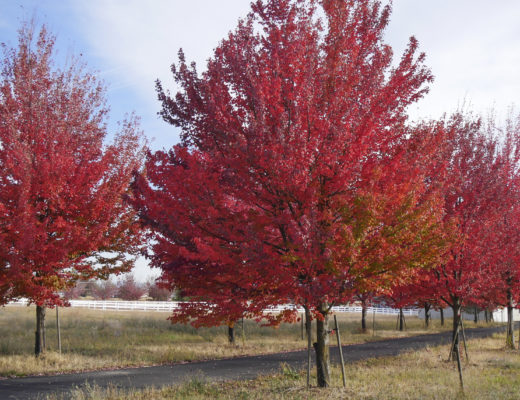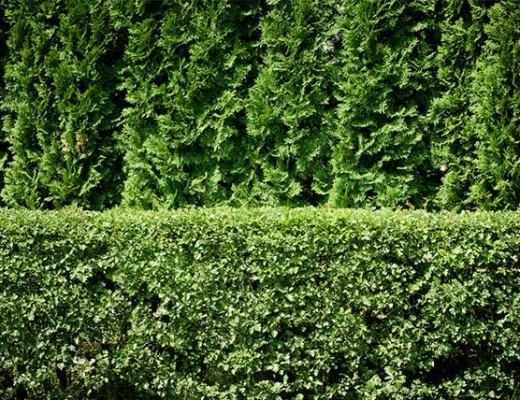A question I often receive from homeowners goes something like this:
“I have this big pine tree out in my front yard. Nothing grows very well under it, making that area basically an expanse of dirt and weeds. Over the years, some of the roots have become exposed, making the area even messier-looking. Is it OK to cover the area under the tree with a load of loam, then plant perennials in that soil?”
Sounds like a good idea, doesn’t it?
I’ll bet many homeowners over the years, after implementing this idea, have patted themselves on the back for having arrived at a wonderful landscaping solution. There’s just one problem: Tree roots need to “breathe”! If you suddenly smother them with a load of soil, you risk damaging the tree.
It’s one thing to spread small amounts of soil over tree roots, in stages, thereby giving them time to adjust. But to start a perennial bed, you’ll need more soil than that — so you’d better give up on that idea.
In extreme cases (i.e., a vast network of exposed tree roots), your best option might be to spread a 3-inch layer of mulch over the unsightly tree roots. A layer of fresh mulch can do wonders to perk up your landscape design efforts.
In less extreme cases, you might be able to get away with planting a ground cover. But choose your ground cover wisely, as some will tolerate such conditions better than others; for example:
Gradually sprinkle small amounts of soil over the area, mixed with soil amendments. When you’re ready to plant, gingerly dig your planting holes, so as not to harm any tree roots that might be in the way. Install your ground covers in the planting holes. In terms of care afterwards, remember, they are competing with a large tree for water, so make sure to water them well. Mulch in between them to help limit water loss and for weed control.



